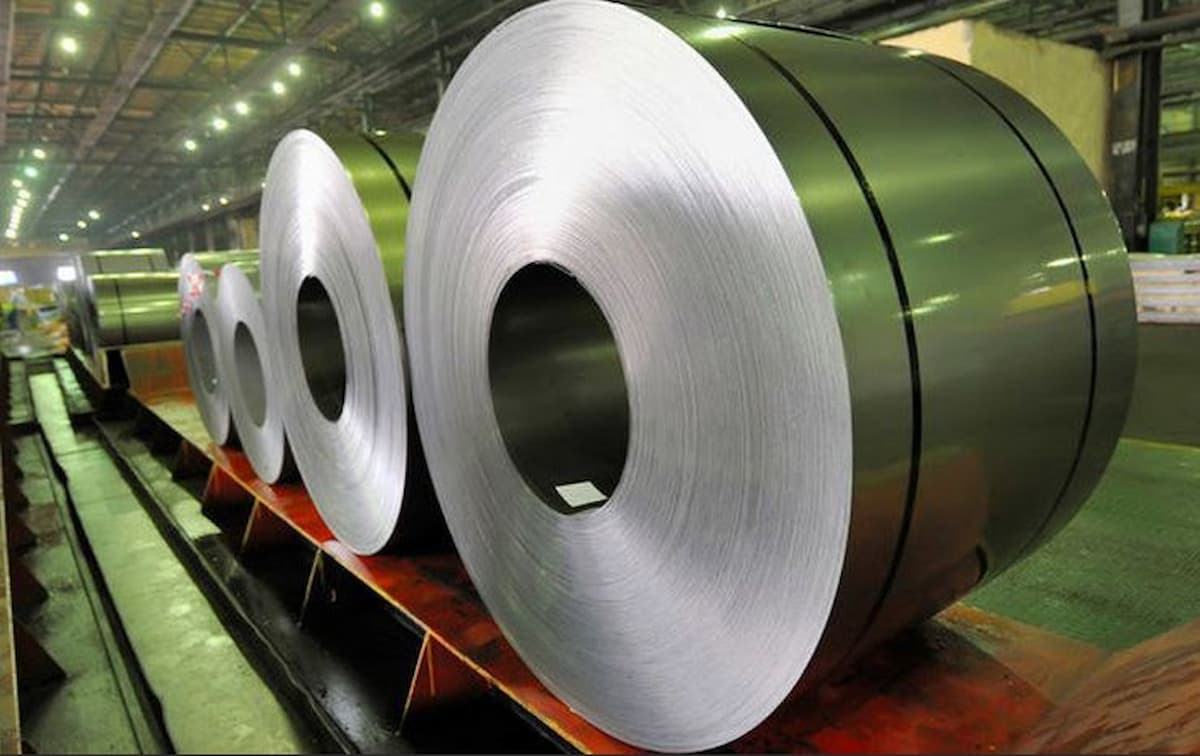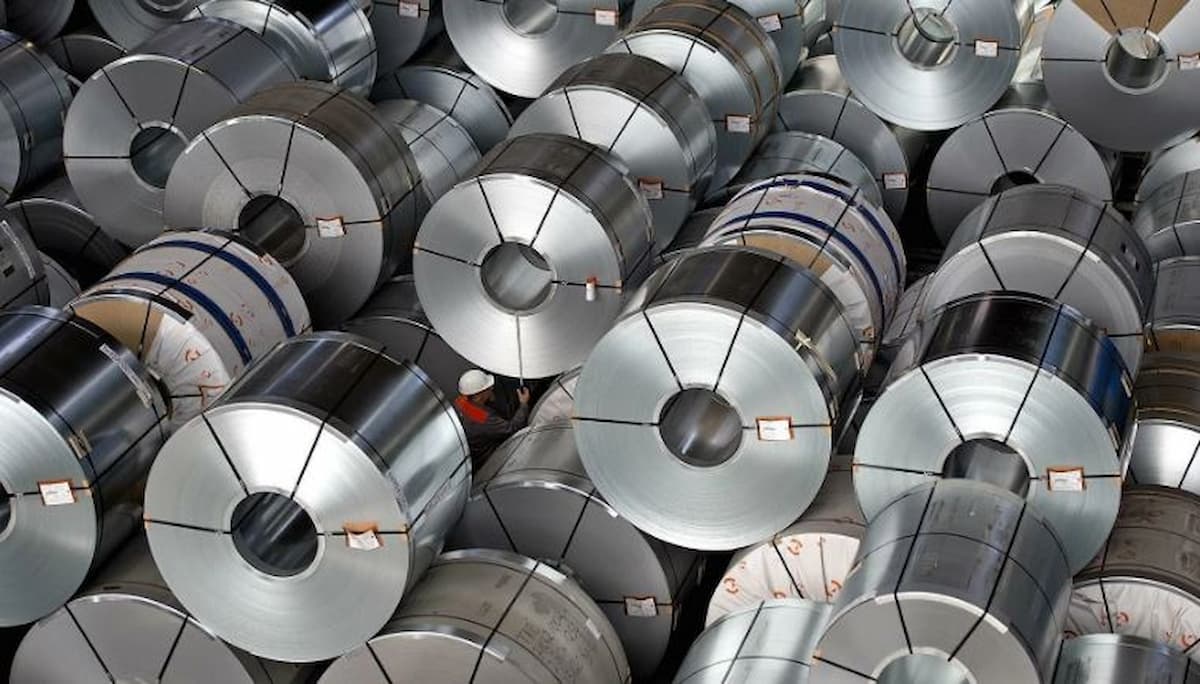To answer the question of the difference between iron, stainless steel and cast iron, iron and iron metals are the basic building blocks of steel.
Pig iron is made by melting iron in the melting furnace, while conventional iron, cast iron and steel are made of pig iron, in fact, cast iron and steel are iron alloys.
The most common of these products are ferrous metals, which make up 95% of the metals produced worldwide.
Iron is a heavy, shiny gray metal extracted from iron ore. Iron and steel are also made from iron ore or pig iron, and due to the low price and high strength of iron compounds, their use in various industries such as buildings, automobiles and hulls of large ships is affordable.
Iron in the construction industry is used in the mold of other steel profiles such as steel bars, iron beams, oil color galvanized boards, corners, doors, nails, screws etc.
Iron ore is heated in furnaces to produce iron, steel, and cast iron, which are then converted into raw materials. Iron ore is a combination of oxides, mineral salts, limestone, silica, aluminum oxide, etc. of this element.

There are four types of stones that can be used in the iron furnace.
1-hydroxide
2-oxide
3- carbonate
4- Sulfur
Magnetic iron ore is classified with magnetite iron (68% iron in weight) and red iron ore (60% by weight of the element) as hydroxides to produce metals. Lime is classified into brown iron ore, 50% by weight, as oxides.
After iron ore is extracted from the mine, the iron ore is crushed in the crusher and is ready to enter the furnace by performing special operations.
Types of pig iron
Carbon is the difference between iron and iron metals.
Moreover, the amount of carbon determines the properties of iron, steel and cast iron. Pig iron has a high carbon content, so it is brittle and cannot be hammered or rolled when impact is pressed, and carbon also reduces the melting temperature of the metal.
There is pure iron, pure iron and ordinary iron, and less carbon than pig iron.
Normal iron (iron)
This metal contains about 2% carbon and is achieved through the carbonate of pig iron and some scrap metal in the furnace. Its melting temperature is low, about 1130 degrees Celsius. iron in wet weather, so it needs antirust treatment. rusting and protective coating, this metal has many applications in various industries, manufacturing machinery and industrial construction.

Pure iron (soft iron – wrought iron)
The carbon content of this type of iron is only 0.02%. Since it is mixed with some slag, it is fiber and the melting temperature is high, about 1540 degrees Celsius, so it cannot be used for welding. Pure iron is flexible. High tensile strength and high corrosion resistance, and pure iron is not used in the manufacture, but in the production of iron and steel.
Pig iron is divided into the following categories based on its crystal structure.
White pig iron:
Pig white iron is produced by cooling faster than pig iron, and it is white because its carbon is not converted to graphite when quenched, and the color remains bright (silver-white). White pig iron is used in the production of metal and steel. The amount of silicon in white iron is low, the material is hard and brittle, and the section also has small, light grains.
Gray pig iron:
Gray cast iron is made of cast iron that is cooled slightly, it is gray, because its carbon turns to graphite that is slowly cooled and the color remains dark. Gray pig iron is used to make molten iron. Silicone content is high from gray cast iron, it is not brittle, it is softer than white cast iron, and this section has large ash particles.
Semi-gray pig iron:
The material in this pig iron is between white iron and gray pig iron and is used in the production of hard iron and steel.
What is cast iron?
Molten iron is made of pig iron, which melts in special furnaces with some scrap iron to burn some of its carbon, while impurities such as sulfur, phosphorus, etc. that strongly affect its properties, melt and melt the remaining residue. The metal also contains some manganese, and is cast in the name of iron.
cast iron, iron, carbon, manganese and silicon alloys.
Manganese harnese cast iron, while silicone converts carbon iron into graphite. Cast iron is 3.5-2% by weight, and cast iron type depends on the cooling and type of pig iron used in production.
The cast iron melting point is between ۱۴۲۰-۱۴۷۰k, which is less than its main components, making it the first molten product after simultaneously heating carbon and iron.
The cast is strong and hard and fragile, and the cast iron heat it. This can cause things to break down.
The low iron price and its properties make it suitable for use in various industries. In the construction industry, cast iron is used to produce water and sewage pipes, fence, floor, fittings, etc.
properties of cast iron
the iron changes from solid state to liquid state, and there is no plasticity, so it has no good hammers properties. Cast iron is hard and brittle, fire resistance is higher than steel, and trembles slowly. For each of the degrees of temperature increases the length by 0.01 mm.
Types of cast iron
Cast iron, like iron, comes in many different forms, and they all have high compressive strength.



